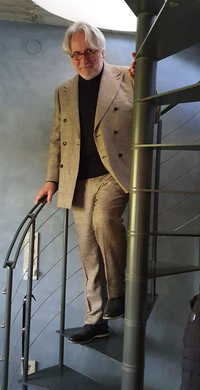In 2011, at the latest, when the ERS Framework UrbanChannel© was developed with regard to a reorientation of the stationary retail & hospitality industry and the resulting comprehensive research and analyses, a path to the urban future was worked out, our discussion partners were also board members, managing directors and expansion managers in the furniture industry.
With the change in buying behaviour that was already apparent at the time, the need arose to redefine the urban future. The previously common location orientation on greenfield sites or on the outskirts and at best in B-locations, which were mostly outside the city centre and could only be reached by car, would no longer be compatible with the shifting priorities of life. The inevitable conclusion: we need a comprehensive new approach.
One of the analysis questions was how a company has to change, modify, adapt to new and sustainable currents and irreversible developments in order to increase its customer attractiveness and thus its profitability or at least maintain/sustainably establish itself with the inexorably changing purchasing behaviour, since people are increasingly integrating internet shopping into their purchasing behaviour as a convenient factor. In addition, in the next 10 - 20 years (from 2011!), Generations Y and Z will increasingly use local transport or bicycles and, in coherent economic areas, will only regard the car as an object of need.
From my professional background, this happens because urbanity has to be rethought, in every European metropolis under different conditions, but always with the value context of future and continuation. With changes in the retail areas to market-adapted, even small-scale structures, in which the product ranges become more visible to the consumer by highlighting individual product groups, a reorganisation is taking place. Here it is essential that the rent adjustment takes account of the change and thus enables the economic basis for a future orientation of the market to be given a new foundation. This also includes the furniture sector.
The necessary commitment does not stop at companies; politics is also required and must continue urbanity for stationary trade, i.e. bring about a healthy mixture of shopping, culture and experience and give strolling, meeting and lingering space and a basis.
Today, the new orientation developed in ERS-Framework UrbanChannel© is the inevitable step towards an urbanity worth living in, in which stationary trade not only barely survives, but offers a presence in its agile diversity and accessibility.
Arthur H. Jansen



